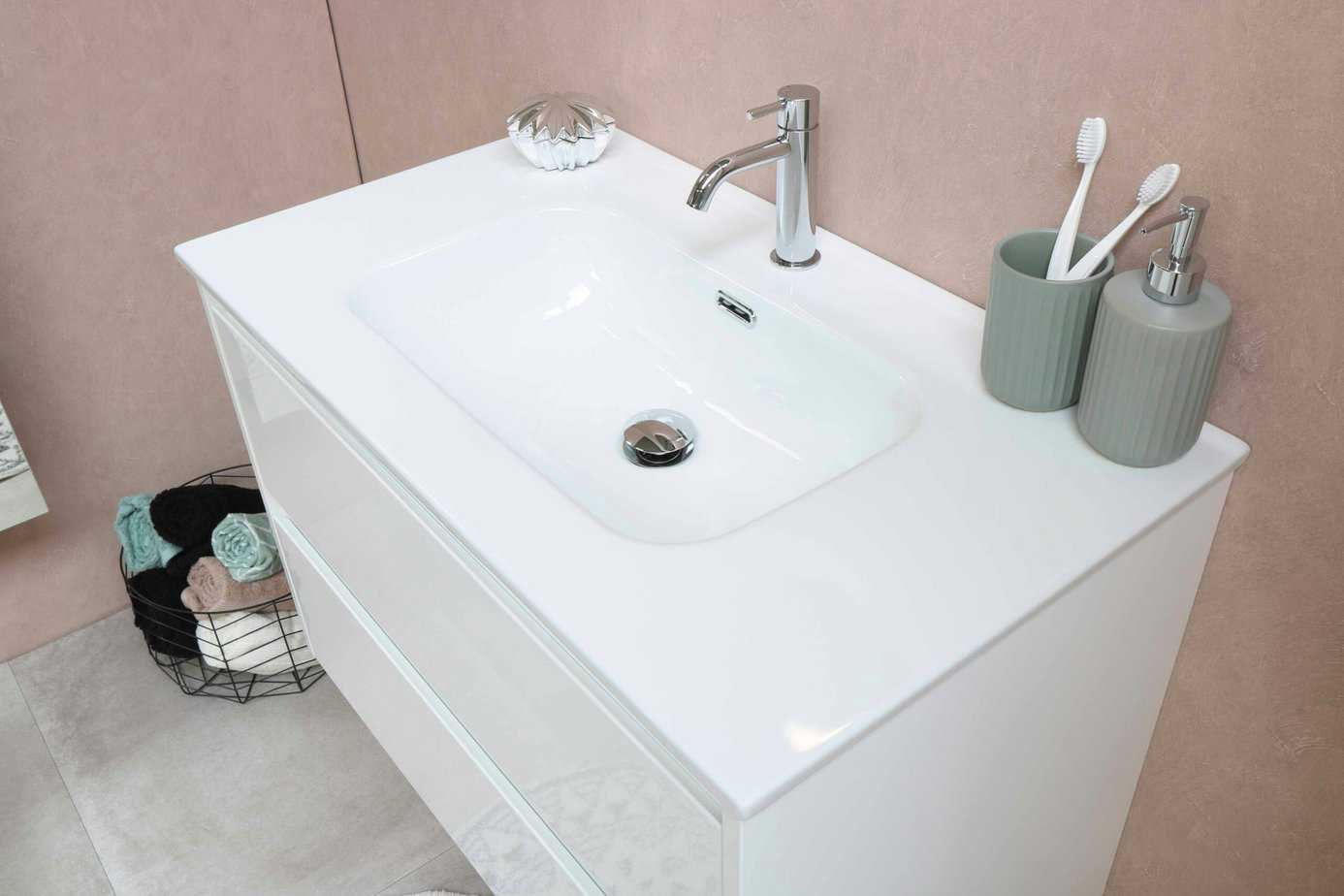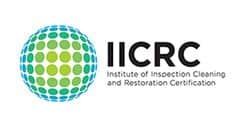
Stainless steel sinks are a popular choice for many homes because of their sleek, modern look and excellent durability. However, they do require regular cleaning and maintenance to keep them looking shiny and new. Cleaning a stainless steel sink improperly can lead to scratches, stains, and corrosion over time. Follow this comprehensive guide to learn how to clean your stainless steel sink properly without causing any damage.
Rinse your sink with hot water to wash away any leftover debris or residue from dishes, food prep, etc. Removing solid particles first prevents them from scratching the surface when you clean.
Apply a small amount of dish soap to a soft sponge or microfiber cloth. Gently scrub the surface of the sink using a circular motion. Avoid aggressive scrubbing, as this can lead to light scratching over time. Rinse the sink thoroughly with hot water.
Sprinkle baking soda liberally over the surface of the sink. Add just enough water to form a spreadable paste, approximately 3 tablespoons. Using a soft cloth or sponge, gently rub the paste over the entire sink. Let it sit for 5–10 minutes before rinsing. The mild abrasiveness lifts stains without scratching.
Spray undiluted white vinegar over the entire surface of the sink. Allow it to sit for 2-3 minutes before wiping it dry with a microfiber cloth. The acidity in vinegar breaks down mineral deposits left behind by water.
Put a few drops of olive oil or baby oil on a soft cloth. Rub it over the surface of the sink using circular motions. This helps seal moisture and gives an attractive shine. Buff the sink dry with a clean microfiber cloth.
If your stainless steel sink already has some minor scratches or stains, don't worry; these can often be repaired with some extra attention and elbow grease.
For light scratches, rub a stainless steel polish cream into the affected area using a microfiber cloth and gentle circular motions. Clean and buff the sink afterwards. More prominent scratches may need to be sanded down with extremely fine-grit sandpaper (1000 grit or higher). Always sand in the direction of the grain—never across.
For stubborn stains or discoloration, make a paste with baking soda and water and apply it directly to the affected area. Allow it to sit for 15 minutes before scrubbing and rinsing. For tougher stains, boil a solution of white vinegar and water and pour it over the stain. Let it sit for 30 minutes before scrubbing and rinsing.
If rust spots have developed, use a specialised stainless steel rust remover spray. Apply it and let it soak for 10–15 minutes before scrubbing and rinsing. Avoid using steel wool to treat rust, as tiny fragments left behind can lead to further corrosion.
No matter what problems your sink is exhibiting, always use gentle pressure and soft cloths or sponges during cleaning to prevent inflicting additional scratches. With consistent care and maintenance, your stainless steel sink should continue looking beautiful for years to come.
While the above tips should help you tackle most minor cleaning and repair issues with your stainless steel sink, there are some scenarios where calling in a professional may be wise:
Knowing when to call for backup ensures you get the best possible outcome. Professionals have specialised equipment and expertise to deal with more advanced sink issues.
Caring for a stainless steel sink doesn’t require anything fancy, just a few basic cleaning solutions and some diligent effort. Pay special attention to using non-abrasive tools and gentle pressure, as metal sinks are prone to scratching. Implementing preventative measures is also key: install grids, wipe spills quickly, and avoid using the sink roughly. With routine cleaning and daily maintenance, your sink should maintain its original bright and shiny appearance for years before needing a professional overhaul. Implement these tips and enjoy a gorgeous, hygienic stainless steel sink that will be the envy of any kitchen.

Harry Virk is the director of CleaningPro Auckland. He has years of experience in the cleaning industry and his company is expert at providing exceptional cleaning services in Auckland. He has a passion for helping people and making sure that their homes are clean, tidy, and ready for visitors.




